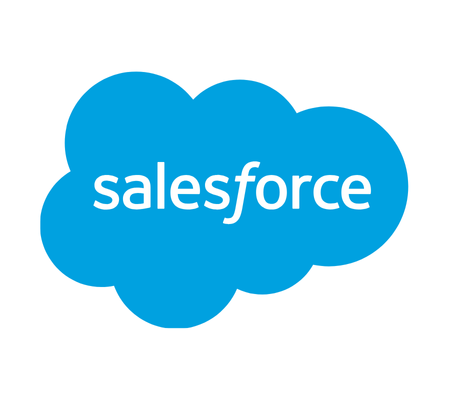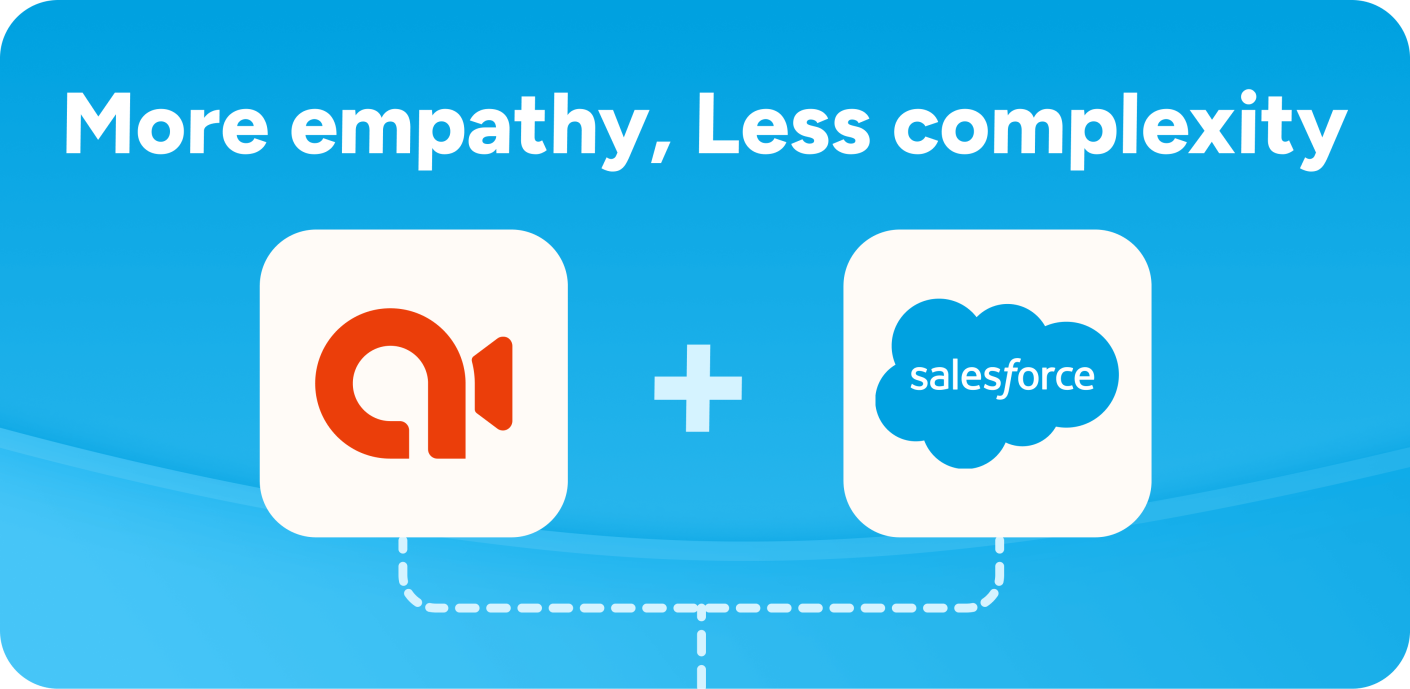Companies are adopting remote visual assistance to optimize customer service, improve team efficiency, and provide faster, more personalized support. Here are the main use cases:
Customer service escalation management
When a problem is complex, the request can be escalated to a video call. With video and screen sharing, the agent can immediately visualize the situation and guide the customer in real-time, avoiding back-and-forth communication and reducing resolution time.
Technical support
Companies in various industries, such as retail, manufacturing, and telecom, use remote visual support for immediate technical support. A technician can diagnose an issue, guide the user through necessary steps, and verify equipment functionality without the need for on-site visits.
Product troubleshooting and maintenance
When a device breaks down or malfunctions, an expert can assist the user remotely to identify the root cause of the problem and offer a quick solution. Manufacturers and service providers reduce intervention costs while enhancing customer satisfaction with proactive support.
Field service
Field maintenance and installation teams benefit from remote support using video calls. An expert can guide them step-by-step, validate their interventions, or provide precise recommendations, improving efficiency and reducing errors.
Remote sales
Companies also use video calls to optimize their remote sales processes. An advisor can present a product in detail, highlight specific features via screen sharing, answer live questions, and offer an immersive shopping experience, thereby driving customer engagement and conversions.
These diverse use cases make remote visual assistance an effective tool for enhancing customer experience, optimizing operations, and reducing intervention costs.





